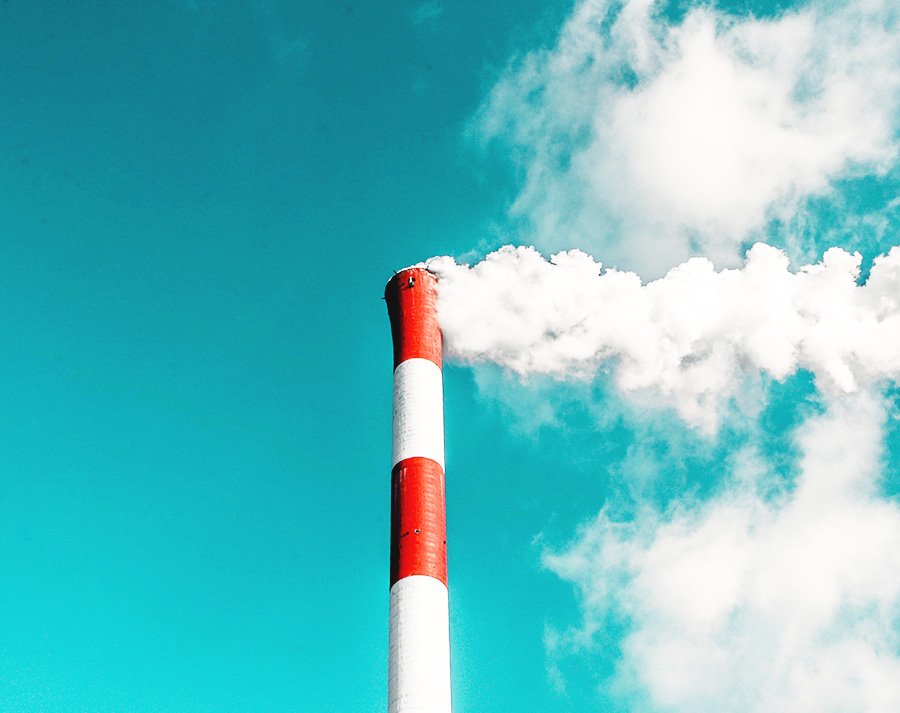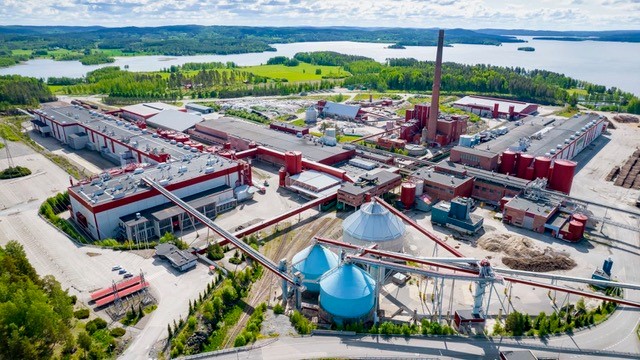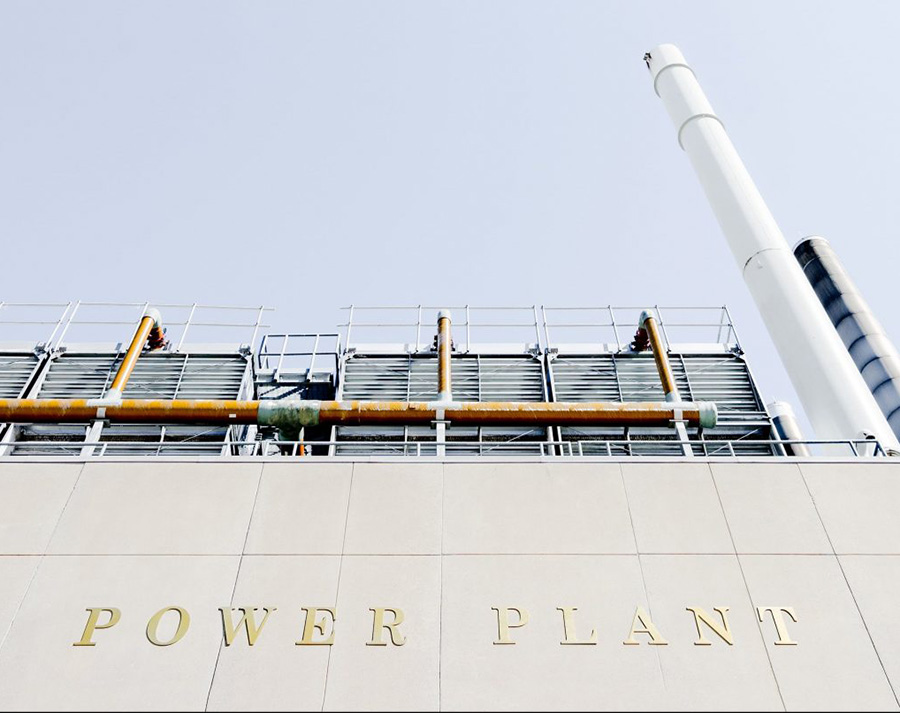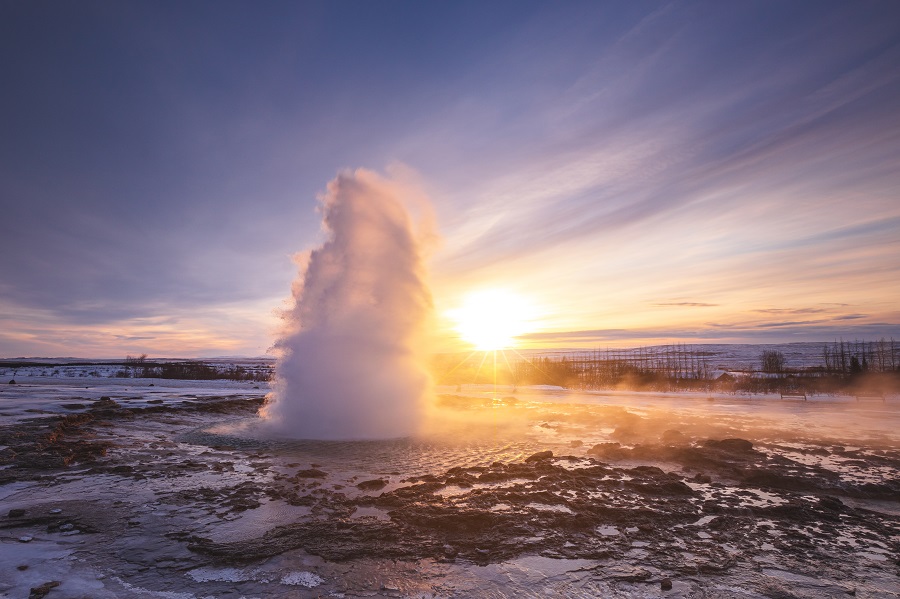Portfolio
Generating Power, Profits and Shareholder Value
Cindrigo is a developer of clean baseload power plants. The company is primarily focused on Waste to Energy and geothermal energy solutions across Europe.
WASTE-TO-ENERGY: heat from combusting waste drives steam turbines. WtE plants are carbon neutral or negative by avoiding methane.
GEOTHERMAL: heat from geothermal resource drives steam turbines. Carbon negative by avoidance of grid emissions from fossil fuel baseload.
As the coordinating project owner, Cindrigo is poised to become a significant renewable energy provider. Value creation by Cindrigo is intended to be driven by the efficient use of resources, consistent with the Company’s core expertise in leading projects as a developer, that result in its development as an Independent Power Producer (“IPP”).
Technology and operating risks are the lowest in the sector and projects eminently financeable.

Technology and operating risks are the lowest in the sector and projects eminently financeable.
Current Projects
Waste to Energy in Finland
The Kaipola plant is a 110 MW Waste to Energy combined heat and power plant.
Click here to view more details
Geothermal in Germany
Developing three geothermal energy projects in the Upper Rhine Valley in Germany with a combined target installed potential capacity exceeding 300 MW.
Click here to view more details

Cindrigo holds a 50-year lease on the Kaipola Waste to Energy plant in Finland.
Waste to Energy
Worldwide, about 130 million tonnes of municipal solid waste (MSW) are combusted annually in over 600 waste-to-energy (WTE) facilities that produce electricity and steam for district heating and replace metals for recycling.
Since 1995, the global WTE industry has increased by more than 16 million tonnes of MSW and this looks set to rise further with the global WTE market projected to grow at a CAGR of 3.3% by 2032 (source: Visiongain Reports Ltd).
Humankind’s waste creation is on an upward trajectory and there’s a pressing need to handle this waste in an environmentally friendly and energy efficient way. As modern society moves towards an increasing level of urbanisation, and with a growing population that demands greater consumption of goods and greater energy needs, the topic of waste management and energy recovery from waste becomes central for future scenarios of sustainable development.
Cindrigo holds a 50-year lease on the Kaipola Waste to Energy plant in Finland, a 110MW Combined Heat and Power (“CHP”) plant, which has a 25MW electricity and 85MW steam production capacity.

Waste to Energy – since 1995, the global WTE industry has increased by more than 16 million tonnes of municipal solid waste.
Geothermal
Power production using geothermal energy is a well-established source of power production, using water heated by nature and released by drilling to depths of between 1,500m to 5,000m. The heated water then produces steam that drives turbines to generate electricity. The heated water has also other applications including district heating and cooling, and direct use. Power generated in this way is classed as “green energy”, attracting premium pricing due to its decarbonising impact. It is preferred by governments and grid operators due to its baseload capacity. Power sales are structured on long-term contracts typically over 10 to 15 years, or in exceptional circumstances, for 20 years with feed in tariffs (FIT) or Power purchase agreements (PPA) with government or grid operators.
Geothermal energy represented 0.5% of the global renewable electricity market in 2022, generating just 0.2 % of electricity in the EU according to the International Renewable Energy Agency (IRENA), with much of this coming from Italy. However, the continent boasts significant potential for harnessing geothermal energy and in May 2022 a European Commission renewables strategy called for a tripling of the volume of total EU energy demand covered by geothermal by 2030.
Cindrigo is finalising the acquisition of a majority interest in three geothermal energy projects in the Upper Rhine Valley of Germany, which have an initial target of c.80 MW, and a combined target installed potential capacity exceeding 300 MW, encompassing both geothermal power and heat generation.

Geothermal – a well-established source of power production.
Cindrigo – An investment opportunity with high upside potential

